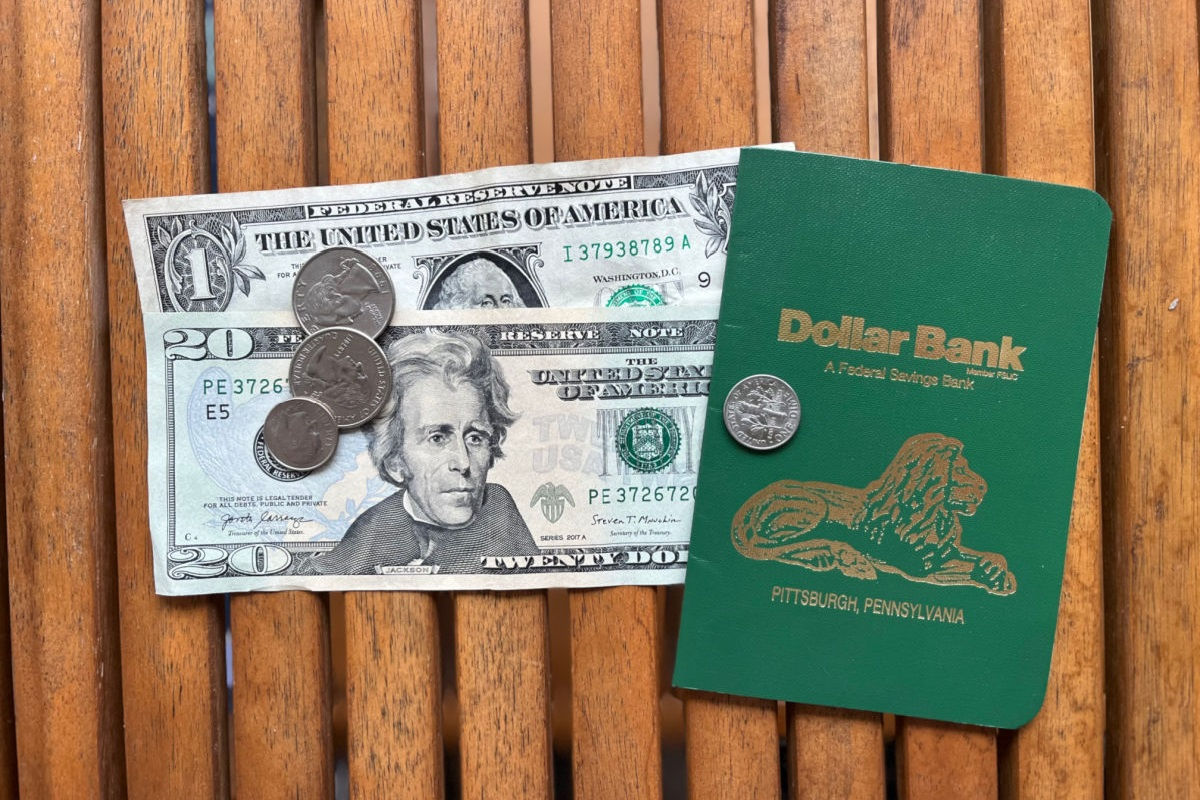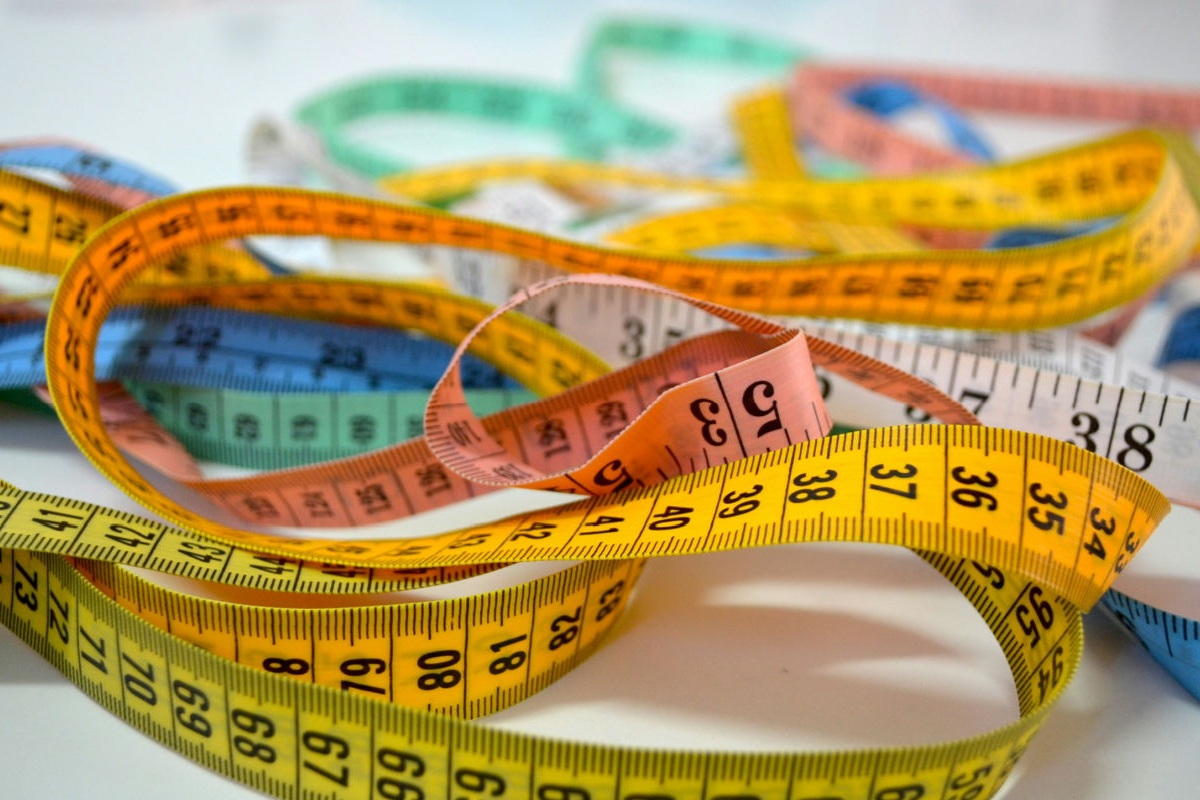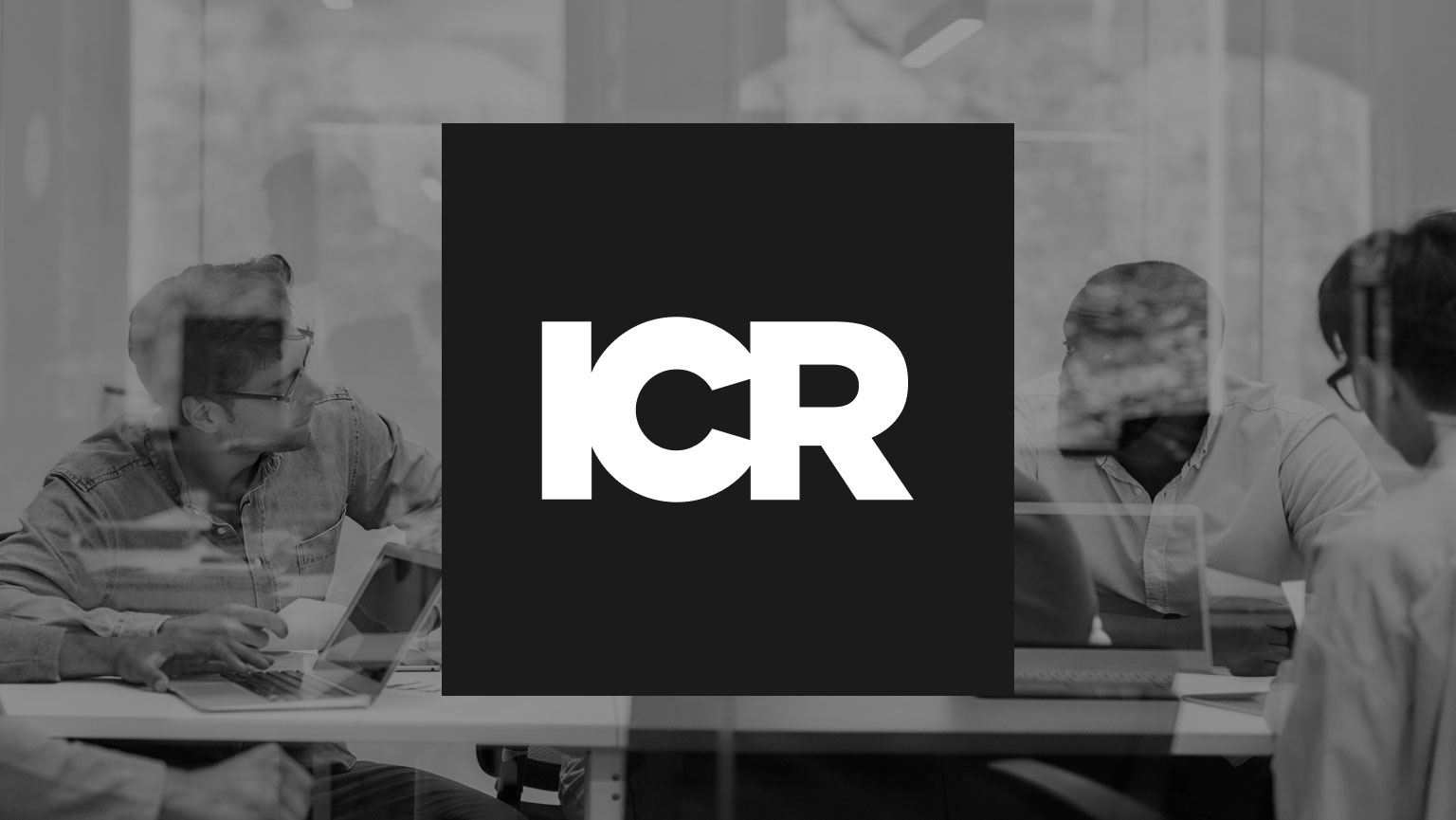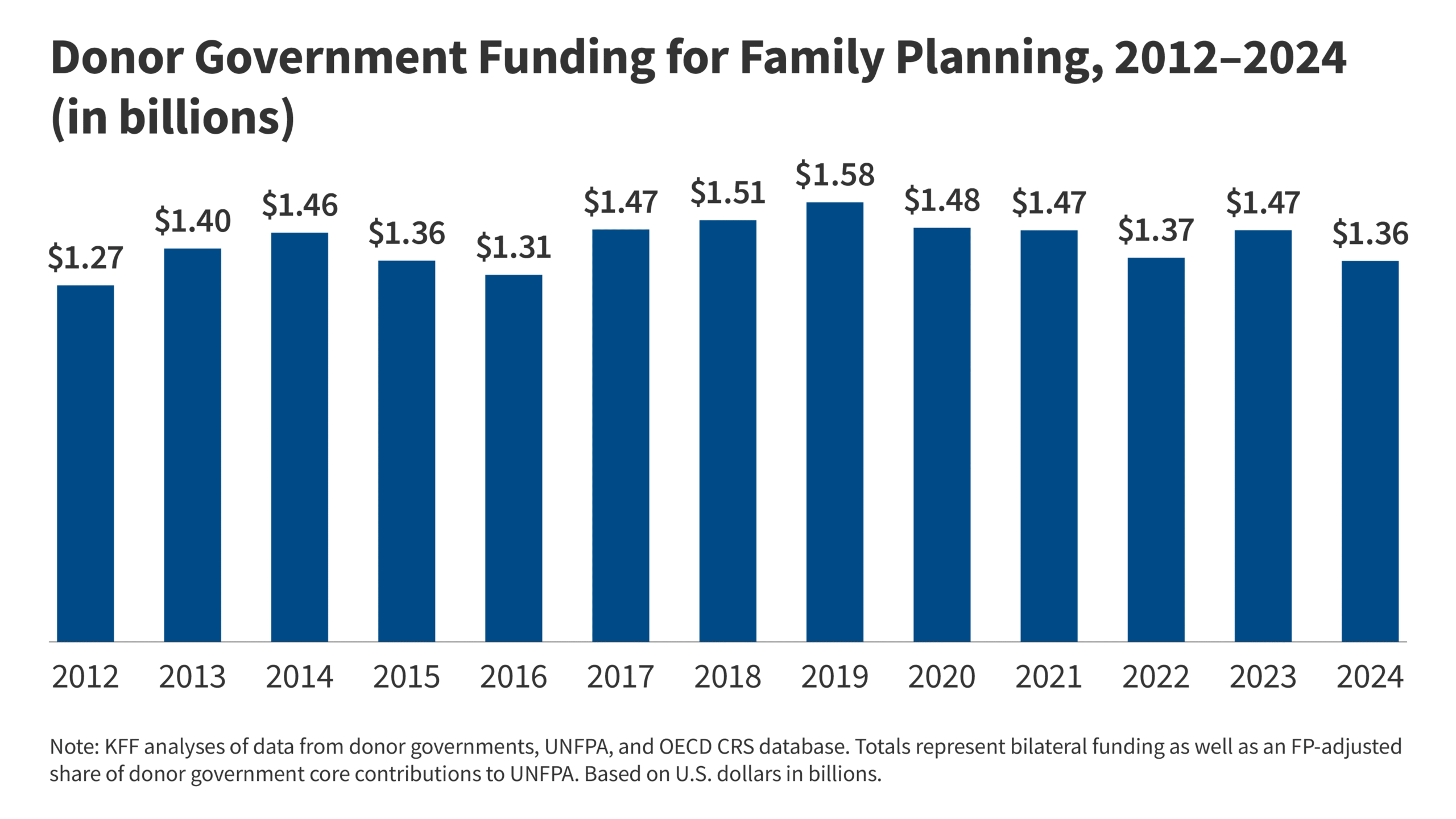On December 1st, 1986, my Mom took me to open my first bank account at the local Dollar Bank branch. I was 11 years old and a little skeptical of giving the bank teller my $21.60.
I walked out with a small green booklet that looked like a passport.
My parents thought it was the right moment for me to have an account for the birthday and holiday money from my aunts and uncles. They also wanted me to be ready for when I started earning my own income down the road.
That made sense. But the green book? That was unexpected. What is a passbook savings account?
The second trip to the bank branch completely blew my mind.
How I Learned About Interest
On January 23rd, 1987, I returned to the bank to deposit another $21 and change. The teller took my passbook, slid it into a printer, and handed it back.
The first page now had three entries:
- The first deposit: $21.60
- An “INT TO” transaction on January 1st: $0.10
- And the second deposit: $21.15
I asked my Mom what the “INT TO” meant and why the bank gave me $0.10.
In my Mom’s very non-financial words, she explained that banks pay interest when you deposit your money.
Why would they give me free money?
She explained in 11-year-old terms how banks take deposits and lend money. I didn’t get the lend part, but this free money thing was cool.
So they pay me just to hold onto my money?
Dollar Bank paid me 5.5% interest on my passbook savings account. It was the first interest/passive income I ever earned.
My 11-year-old brain thought: This is repeatable; this can scale.
And so began a lifelong obsession with passive income and compound interest.
Starting to Earn
Every few months over the following years, I’d make a deposit anytime I had excess cash and a ride to the local strip mall where the bank branch was,
More exciting, I’d get new interest entries into my passbook savings book.
I picked up a newspaper route when I was 13. I delivered a local paper called the North Hills News Record on Tuesdays and Thursdays for a few years, around 1988-1990.
Once a month, I’d walk the route to collect subscription dues, then consolidate the collections and send a check to the paper company.
Whatever was left over was mine.
You’d think that my savings would start to surge here. But unfortunately, I hated collecting and sometimes let a customer or two slide who didn’t have the cash.
One house had a nasty dog that would chase me away.
It wasn’t a very profitable newspaper route, and it was challenging to continue extracurriculars with the responsibility of doing so twice a week. So, around the turn of the decade, I passed it on to someone else.
The bank never skipped an interest payment or chased me down the street.
The First Withdrawal
By the summer of 1989, the 14-year-old in me saw a bulging bank account, and it was time to spend some of it.
I withdrew $50 just before our summer vacation to Stone Harbor, NJ.
That’s where I made the biggest purchase of my life: a Morey Boogie Waimea Pro body board.
The board was a model from the previous year and had a small dent on the back. A friend was with me and pointed out a ding to the salesperson, and he negotiated a 15% discount. The total cost was $79 with tax.
For the amount of use I got out of that board, it’s one of the best purchases I’ve ever made. Costco sells boards for $30 now, but I digress.
Better Paying Gigs and a Trip to Italy
All those years of competitive swimming and bodyboarding finally started to pay off financially when I began lifeguarding at age 15.
I worked progressively more hours each summer through the end of my Freshman year of college. The summer paychecks started to resemble a steady income.
A brief mall job selling shoes for commission at Thom McAn’s gave me some off-season income to pay for an upcoming trip.
In December 1992, I withdrew $300 for a down payment on a summer trip to Italy with my Latin class. I’m grateful to my parents, who footed the rest of the bill.
Off to College
My parent’s friends and neighbors all attended my graduation party and cut checks. It was lucrative at the time, but it’s costing me today as I feel obligated to pay it forward every time someone graduates.
In September 1994, I headed off to East Lansing, Michigan, withdrawing $500 to deposit at my new account with the MSU Credit Union. It became my primary bank account for the next four years.
But I kept the Dollar Bank account open for some time afterward. I’m not sure how long because by 1995, I filled up the book and have no more record of where the money went.
I was responsible for my own spending money at college. I worked in a university photography lab all four years, developing film and printing images for the faculty newsletter.
In the summer of 1996, I gave up lifeguarding to rent beach chairs, umbrellas, and bodyboards (of course).
Whatever I could earn made it to the credit union, but eventually went toward $1.25 pitchers of Miller High Life and Shark Bowls at the Landshark and a 60-day 15-country backpacking trip to Europe when I graduated.
It was probably around 1998 when I closed the passbook savings account and moved my money to PNC Bank because it had branches in both Pittsburgh and D.C. At some point, I switched to Wachovia, which soon fell apart during the 2008 crisis, and Wells Fargo picked up the pieces.
Wells Fargo was a reliable bank until just last year when I experienced an incredibly idiotic episode with them and unfortunately had to leave in 2024.
This brings me to why I went looking for my old passbook savings account.
Kids Banking
This summer, I was curious how old I was when I got my first bank account because my son turned 12 this year, and it seemed an appropriate time to open his first bank account.
Unfortunately, popular online family banking products like Greenlight charge a monthly fee. That company contacted RBD long ago about being an affiliate partner, but I can’t recommend it.
Where I’m from, banks pay me, not the other way around.
So, I searched for a bank that doesn’t charge a recurring fee, pays a decent interest rate, and has local branches so my kids can experience what it’s like to walk into a bank and make a deposit.
I landed on the Capital One Kids Savings Account.
Because of its no-fee banking and competitive savings rates, we’re moving nearly all of our banking to Capital One, including checking, savings, and three kids savings accounts.
My son downloaded the Capital One 360 app, and on this October 1st, he experienced his own first interest payment of $1.01 on a $500 deposit.
It’s not quite the same as a passbook savings account. I’ve held onto my kids’ money in a spreadsheet with the “bank of Dad”, so they haven’t had much responsibility so far. Their grandparents give much higher sums than I used to receive.
Capital One only pays 2.50% on kids’ savings accounts compared to the excellent savings rates Dollar Bank paid back in the day. But there’s a teen debit card account he can eventually link to, and there are no monthly fees or minimums for any of us to worry about.
To my surprise, Dollar Bank still has the passbook savings account, but it only pays 0.10%, and its best savings account pays just 2%.
Physical banks just don’t pay interest like they used to. We have to go online banks to find the highest-yield savings accounts. My new Capital One account pays 4.10% as of October 2024, and I’m content with the convenience of all my family banking under one roof.
To get a slightly higher yield, I can move money into the M1 Finance high-yield cash account (not a savings account, technically, but still FDIC-insured). Robinhood, Webull, Public, and many brokers now offer similar products.
Tidbits
A few things made me laugh about this, especially depositing $0.60 and $.15 on my first two visits.
I showed the book to my neighbor, who works for the FDIC, and he noticed that this account was initially insured by the Federal Savings and Loan Insurance Corporation (FSLIC).
FSLIC became insolvent during the savings and loan crisis of the 1980s. FSLIC was abolished, and the deposit insurance responsibility was transferred to the FDIC. Dollar Bank survived.
It’s also surprising to see the high savings yields at a physical bank branch. It’s nearly unthinkable today, as the highest-yielding savings accounts are online banks.
This is only a few years after the aggressive Fed action in the early 80s led by Paul Volker. The bank paid me 5.75% when rates peaked again in April 1989. Below is a chart of the approximate active timeline for this account.
Conclusion
I thought this passbook savings book was long gone, but I found it in a box alongside some high school memorabilia.
The best part about my passbook savings account is it taught me about banking, interest, and the foundations of building wealth. That first $0.10 was small, but it was the first step on a long path toward where I am today.
The excitement I got from bank interest partly led me to study finance in college, where I learned about stocks and other investments. Business classes introduced me to financial formulas, financial modeling, and the economics that drive wealth.
My Uncle gave me my first stock share during my Sophomore year. Then, I started contributing to my corporate 401(k) the day I started working.
Digitalization makes banking less tangible for kids these days. We’ll head to the local branch next time he receives a check. I hope that this new bank account starts to nudge my son on his own path to wealth. His two sisters are next.
Craig Stephens
Craig is a former IT professional who left his 19-year career to be a full-time finance writer. A DIY investor since 1995, he started Retire Before Dad in 2013 as a creative outlet to share his investment portfolios. Craig studied Finance at Michigan State University and lives in Northern Virginia with his wife and three children. Read more.
Favorite tools and investment services right now:
Boldin — Spreadsheets are insufficient. Build financial confidence. (review)
Sure Dividend — Research dividend stocks with free downloads (review):
Fundrise — Simple real estate and venture capital investing for as little as $10. (review)
M1 Finance — A top online broker for long-term investors and dividend reinvestment. (review)
Publisher: Source link










